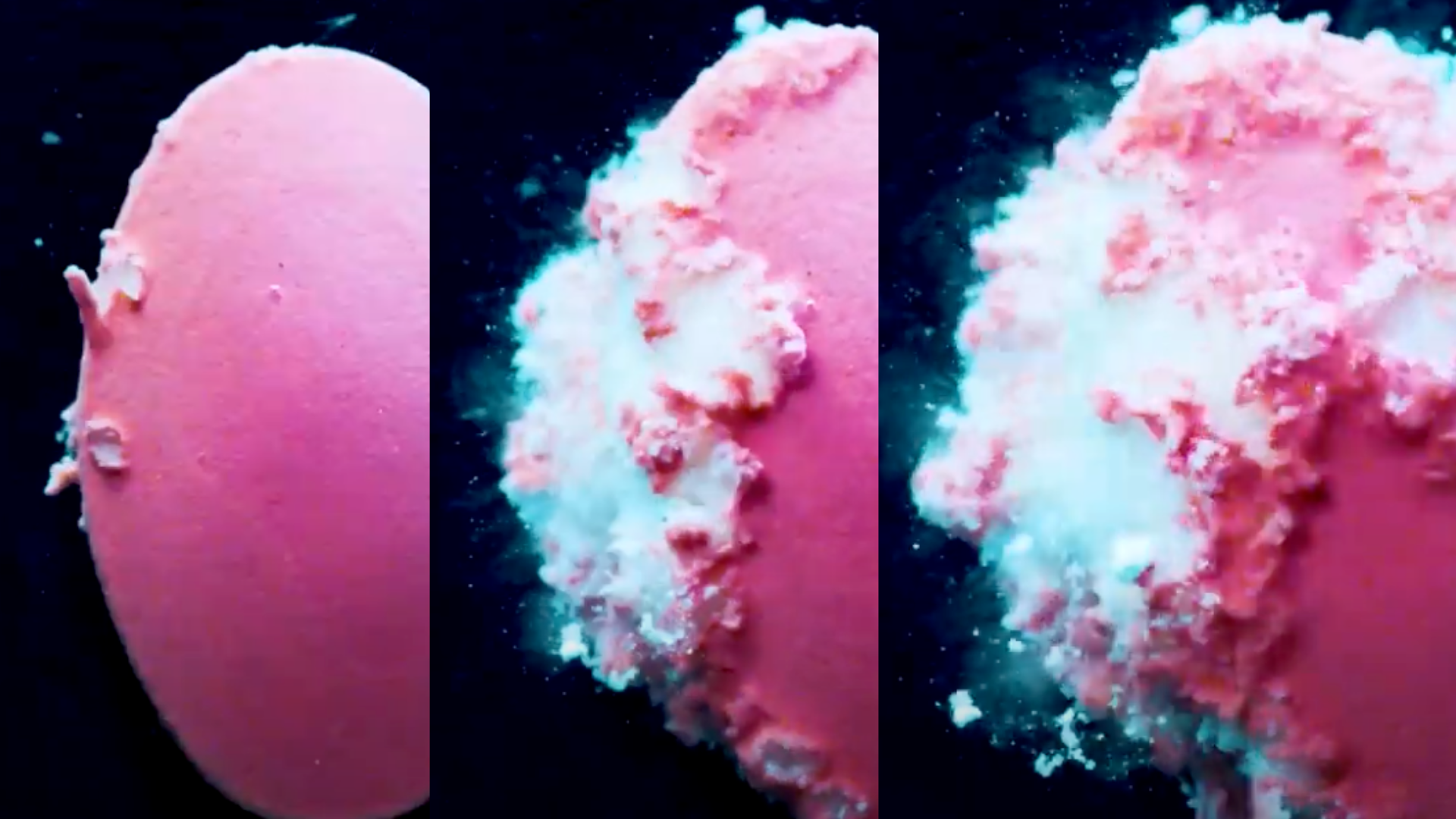Tablets
This week I've been geeking out about tablets. Most of us swallow at least one tablet a day and know they are helping us. But how many of us think about the science and function of these littleovals? On the path to launching the clinical trials of RB-190, I'm learning more and more every week. And it is a fascinating science.
My first deep dive into tablet science (I'm sure there is a more sophisticated term out there) was a couple of years ago when I was helping a company figure out how to make their drug work better. The company had a relationship with Bob Langer so I had the privilege of hearing him analyze the problem and suggest possible approaches. In that context I read about a pill design of his from several decades ago. It was a tablet that felt like it was coated by a capsule. It had little holes in it so that water could be absorbed at exactly the right rate after being swallowed. The absorbed water would fill up the tablet and push the drug out of holes on the side opposite of where the water was absorbed. For those interested, here is a page with a nice description and some figures that show how it works.
For RB-190, it's a simpler goal but not simple science. We want to make three tablet strengths. The version of the drug on the market is too strong to be safe for someone with Parkinson's, so instead of 250 mg we are starting with 40 mg.
The chemists with expertise take a bit of the drug and mix it with chemicals called excipients to create the right characteristics. And while there a huge number of excipients allowed by the FDA, the choices matter. For example, because drugs crystalize in a particular shape when viewed through a microscope, their excipients need to be chosen accordingly.
Excipients are used because they control how a pill dissolves and how the drug breaks down into the right size and shape to be absorbed reliably. RB-190 tablets will likely have a ductile filler to enhance cohesion of the drug within the tablet, a brittle filler to help control the way the tablet disintegrates after being swallowed and a disintegrant to accelerate the rate of disintegration. Here's a cool picture from a site that teaches about excipients:

We are less than a month away from learning whether we can make tablets of RB-190. We prefer that because they are cheaper to make than capsules and if we need a high dose, more drug can fit inside a tablet than a capsule. But even if we fail on that goal, we can still move forward. So while it is not absolutely critical, we believe tablets provide an advantage.
But it may be more important that you see how many steps there are in this process. And as far as our project, we'll succeed with drug manufacturing because we have an amazing person leading this part of the project.
Share This
|
Sign up at: ParkinsonsDisease.blog |
About Jonathan Sackner-Bernstein, MD
Dr. Sackner-Bernstein shares his pursuit of conquering Parkinson's, using expertise developed as Columbia University faculty, FDA senior official, DARPA insider and witness to the toll of PD.
Dr. S-B’s Linkedin page
RightBrainBio, Inc. was incorporated in 2022 to develop tranformative therapies for people with Parkinson's.
